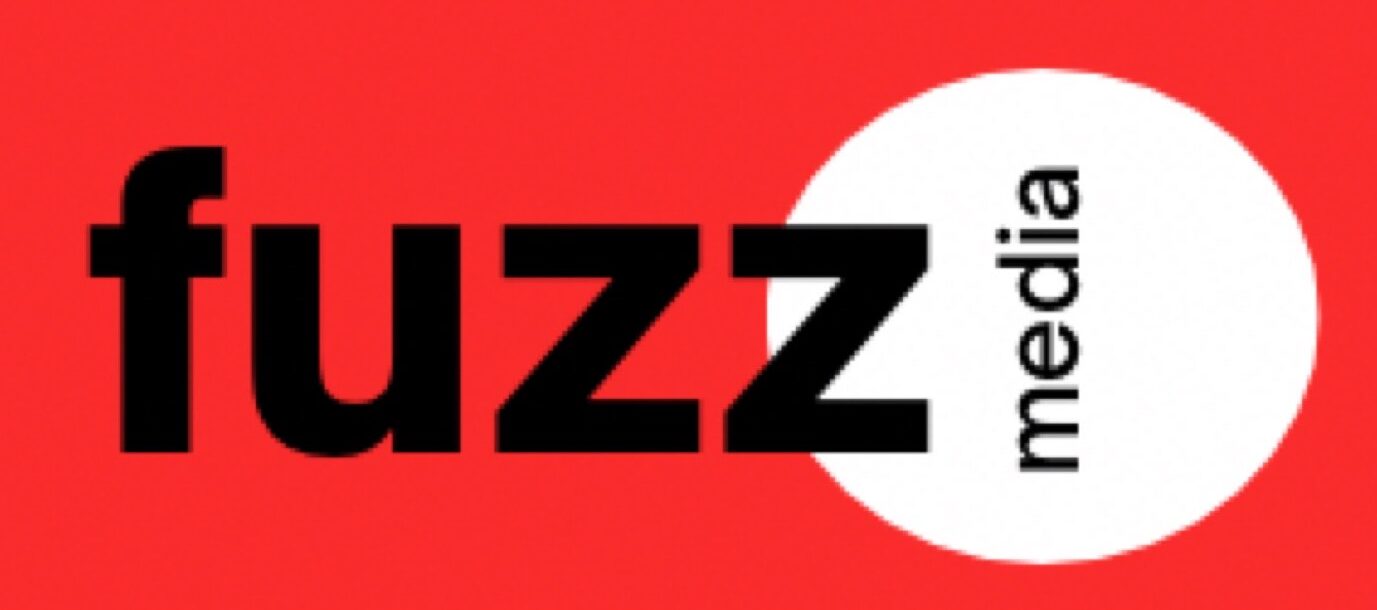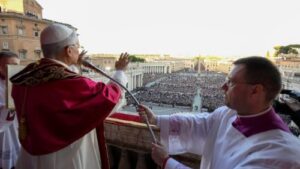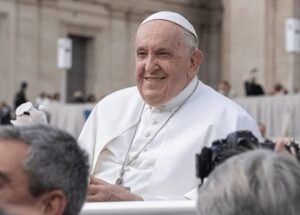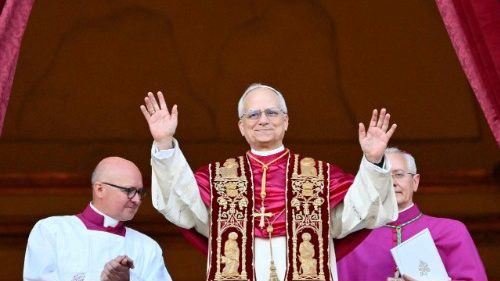
Cardinal Robert Prevost Elected Pope Leo XIV, Ushering in a New Era for the Catholic Church
Vatican City, May 2025 — In a moment that will be etched in history, Cardinal Robert Prevost has been elected the 268th pope of the Roman Catholic Church, choosing the name Pope Leo XIV.
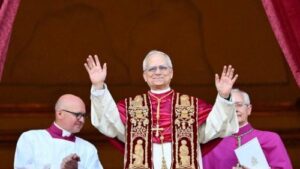
The white smoke that rose above the Sistine Chapel signaled to the world that the conclave of cardinals had reached its decision, and St. Peter’s Square erupted in joy as the announcement “Habemus Papam” echoed from the balcony.
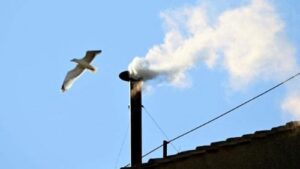
Pope Leo XIV now takes on the monumental task of leading the world’s 1.3 billion Catholics, succeeding Pope Francis and stepping into the papacy at a time of both great challenges and immense opportunity for the Church.
Who Is Pope Leo XIV?
Born in Chicago, Illinois, in 1955, Robert Francis Prevost brings a rich blend of American roots and global experience. Before his election, he served as the Prefect of the Dicastery for Bishops — one of the Vatican’s most powerful offices — overseeing the selection of bishops worldwide. He is also an accomplished theologian and canon lawyer, with extensive missionary experience in Peru, where he served for many years and became fluent in Spanish.
His election marks a continuation of the global character of the papacy, and his American origin makes him one of the rare popes from outside Europe — and the first from the United States.
Why the Name Leo XIV?
By choosing the name Leo XIV, Prevost aligns his papacy with a legacy of strong and reform-minded leaders. The last Pope Leo, Leo XIII, served from 1878 to 1903 and is remembered for his groundbreaking encyclical Rerum Novarum, which addressed workers’ rights and laid the foundation for modern Catholic social teaching. Observers say Pope Leo XIV’s choice of name signals a commitment to both uphold tradition and confront the pressing social and moral issues of the 21st century.
Challenges and Hopes for the New Pontiff
Pope Leo XIV ascends to the papacy amid rising secularism in the West, booming Catholic populations in Africa and Asia, and ongoing calls for reform within the Church. Key challenges on his desk include:
• Addressing clergy shortages and the future role of women in Church leadership.
• Deepening interfaith dialogue, particularly with Islam and Judaism.
• Continuing efforts to heal wounds from the clerical abuse crises.
• Navigating political tensions as the Church mediates in conflict zones worldwide.
Yet, his supporters believe his extensive pastoral experience and balanced administrative approach position him well to navigate these complex waters.
A New Chapter Begins
As he prepares for his inaugural Mass in St. Peter’s Basilica, Catholics and world leaders alike have begun to send messages of congratulations and prayers for the new pope. Millions around the world are watching closely to see what direction Pope Leo XIV will chart for the Church in the years ahead.
The bells of St. Peter’s continue to ring, signaling not only the election of a new pope but the dawn of a new era for global Catholicism.
